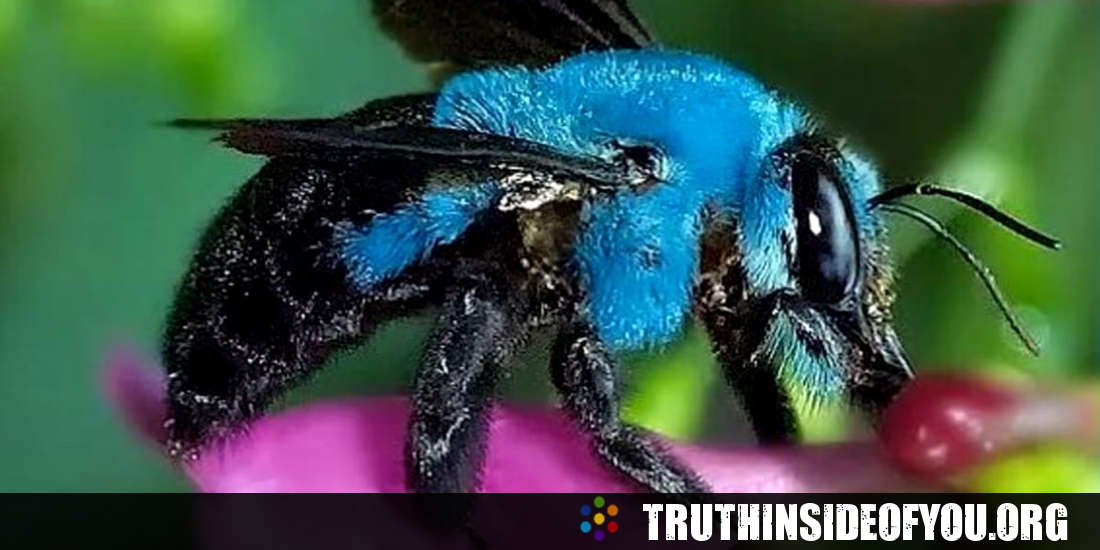For the uninitiated, there is a very specific species of bee called the Osmia calaminthae. These bees are quite bluish in color, but until now were thought to be quite extinct. The blue bee is native to Florida, and interestingly, it has resurfaced.
One of the reasons why the blue bee was thought to be extinct is because they are exceedingly hard to sight. And when it has been sighted again, one can understand the ripples it caused through the insect community. According to Weather.com, a blue bee can only survive with the help of a particular plant, which grows in Florida. And that plant in itself is quite rare to find. Hence, one can understand the bee’s rarity.
Previously, these bees were simply thought to reside in about 4 locations in a 16-mile area in Wales Ridge. But recently, the Museum of Natural History in Florida correctly predicted that spring would be the best time to sight these creatures. The reappearance of blue bees might not be a big event for your average Joe, but in the scientific community, it is quite a huge achievement.
Scientists Found The Blue Bees
One of the researchers on the project, Chase Kimmel mentioned how they weren’t really hoping to find the bee. But when they did, they realized that there were giant holes in our knowledge regarding insects, and it was time to fill them. One of the main reasons why scientists are so euphoric about finding this blue bee is that it will allow them to find distinctions and relationships amongst other insects.
While the blue bee is universally considered to be rare, there is no state or federal protection surrounding it. It is said to be a creature that needs protection, but nothing has actually been done about it. Back in 2015, researchers had petitioned to get this bee a protected status, but it didn’t come to fruition.
Kimmel mentions that it is the very management choices, which would see how this bee is protected. It could get very easy for them to prioritize one creature over another. For example, to protect the Florida Scrub-Jays, the management decided to burn down vegetation that protected blue bees. While it is important to protect both the bird and the bee, why should the care for one affect the other? These are some questions that need to be answered.
According to a spokesperson from the U.S. Fish and Wildlife Service, the blue bee hasn’t been given protected status, because of its anonymity. Not much is known about the bee, and when things come to light, its status will be debated upon.









